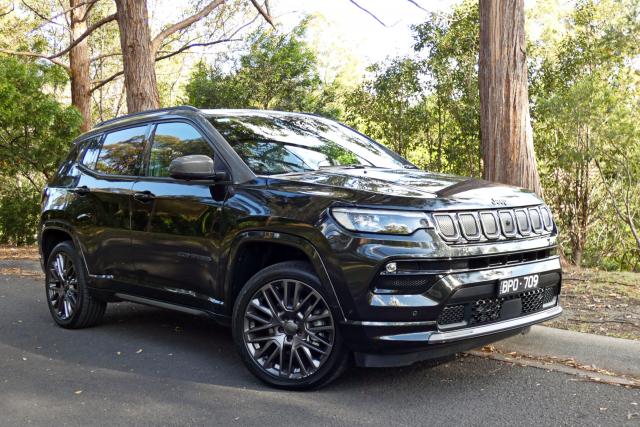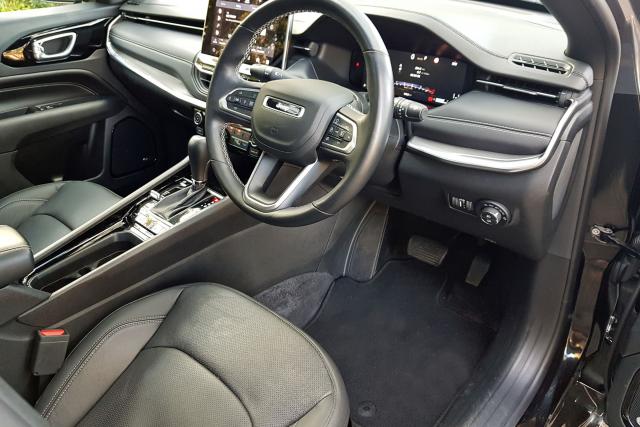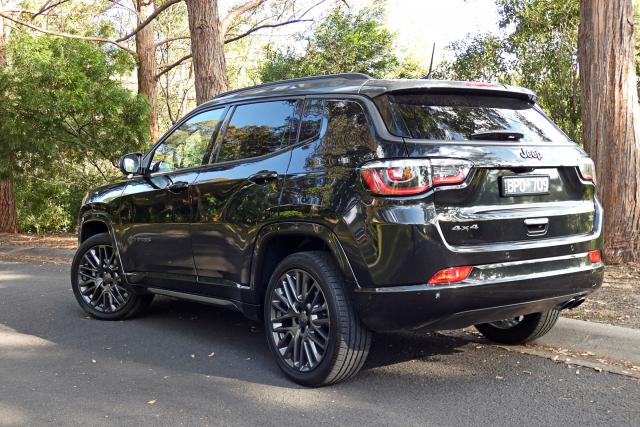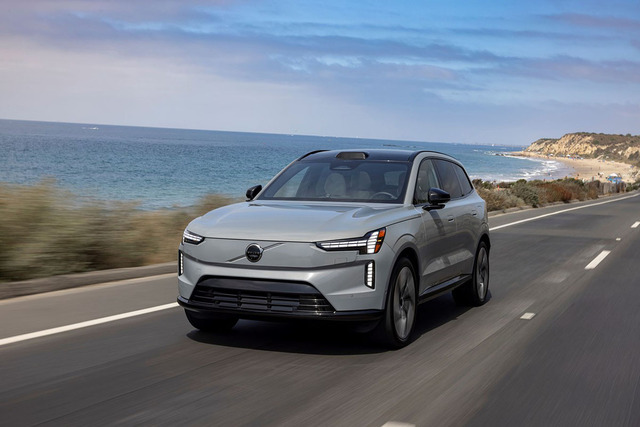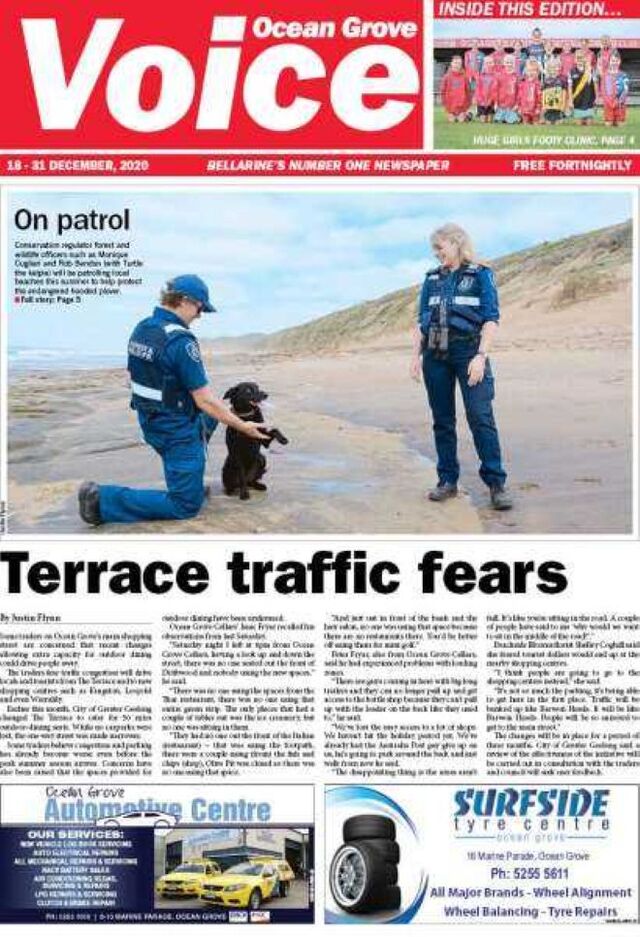Compass is the smallest and cheapest of Jeep’s off-roaders and looks very much like a smaller version of Grand Cherokee.
Introduced in 2007, Compass and its rebadged sibling Patriot were the first of Jeep’s softer offerings, pitched at an entirely new customer.
Compass was rounder, cuddlier and generally more city-focused, while the Patriot which was dropped in 2016 was squarer, chunkier and more macho.
The current model, launched in 2020, has changed significantly, with enhanced tech, redesigned dashboard, a refined cabin and an extensive list of driver-assist systems.
Jeep describes the car as built for pragmatic dreamers who spend their weekdays in comfort and style, and weekends escaping from the daily routine.
Compass comes with a 5-year/100,000km warranty and lifetime roadside assistance for vehicles serviced by Jeep.
Capped-price servicing means you’ll pay $349 per visit for the first five services, with intervals set at 12 months or 12,000km.
ENGINES / TRANSMISSIONS
With a 2.4-litre four-cylinder petrol engine, Compass produces 129kW of power at 6400 revs and 229Nm of torque from 3900 revs.
It’s multipoint rather than direct injection with drive is to all four wheels through a 9-speed automatic transmission and torque on demand.
That means it operates in front wheel drive most of the time, with the rear wheels engaging when traction is required.
DRIVING
Weighing in at 1503kg, fuel consumption is a claimed 9.7L/100km and it produces 230gm of CO2 per kilometre.
In the US the latest model comes with a more sophisticated 2.0-litre direct injection engine that produces 149kW and 300Nm.
A hybrid version, called 4xe, is also offered overseas, but is not available from the Indian factory where our cars are built.
Although Compass looks terrific and draws plenty of admiring glances, its performance doesn’t quite live up to those looks.
The dash from 0-100km/h takes a leisurely 10.1 seconds and factor in some passengers, and it will take considerably longer.
Compass can seat four adults in reasonable comfort, but keep in mind it sits on the smaller side of the spectrum, so rear legroom is limited and it has a smallish boot.
Inside the decor is a big step up from previous offerings, with better fit and trim, and plenty of eye candy.
The driver gets a wheel that can be adjusted for height and reach, power-adjustment for the driver’s seat and a token footrest — the size and placement of which are not ideal.
And, by the way, the foot-operated boot opener refused to cooperate.
Throttle response off the line is good and the engine likes to rev. But at other times it takes a full two seconds to respond and the transmission tends to hunt on anything but flat terrain.
Ride and handling are pretty good, with the car refusing to break traction even when pushed hard through corners.
But the lane keeping assistance system is downright annoying and like me, you’ll probably end up switching it off.
Turning circle is relatively large at 11.07 metres which means you’ll find yourself doing plenty of three-point turns.
When it comes to going off road, this model boasts the same Jeep Active Drive Low 4×4 system as the Trailhawk.
The big difference is that it doesn’t have off-road suspension, or any underbody protection.
At 212mm it has 13mm less ground clearance than Trailhawk too.
Although there’s a 4WD LOW option, neither model have a two-speed transfer case and therefore no low range gearing. All this button does is keep the transmission in first gear, which is possible with most automatics.
Another button is labelled as 4WD LOCK. What this does is transmit torque equally to both the front and rear wheels.
None of the above suggests the S-Limited is up to more than ‘roughish’ dirt roads.
In terms of fuel consumption, it has a 60-litre tank and takes standard unleaded.
We were getting 9.4L/100km after more than 400km — less than the 9.7L claimed — but still too much for what it is.
SUMMING UP
While the Jeep Compass is a head turner, its performance unfortunately doesn’t match these looks, nor does it have any real off-road capability.
Given the unavailability of the hybrid, we’d be waiting at the very least for the new 2.0-litre direct injection engine to make an appearance in Australia.
MODEL RANGE:
2.4 Night Eagle petrol: $39,950
2.4 Limited petrol: $46,700
2.4 S-Limited petrol: $49,700
2.0 Trailhawk diesel: $54,000
Note: These prices do not include government or dealer delivery charges. Contact your local Jeep dealer for drive-away prices.

